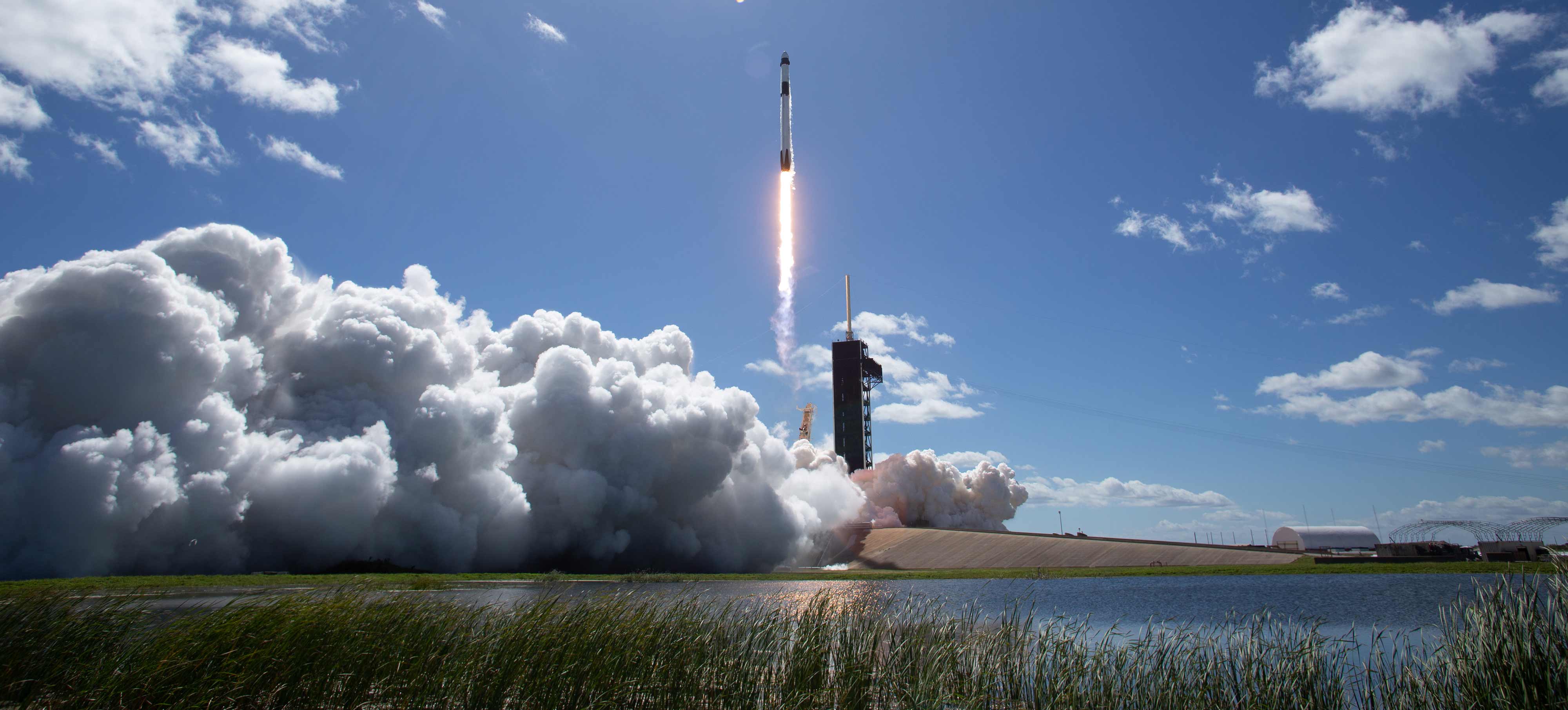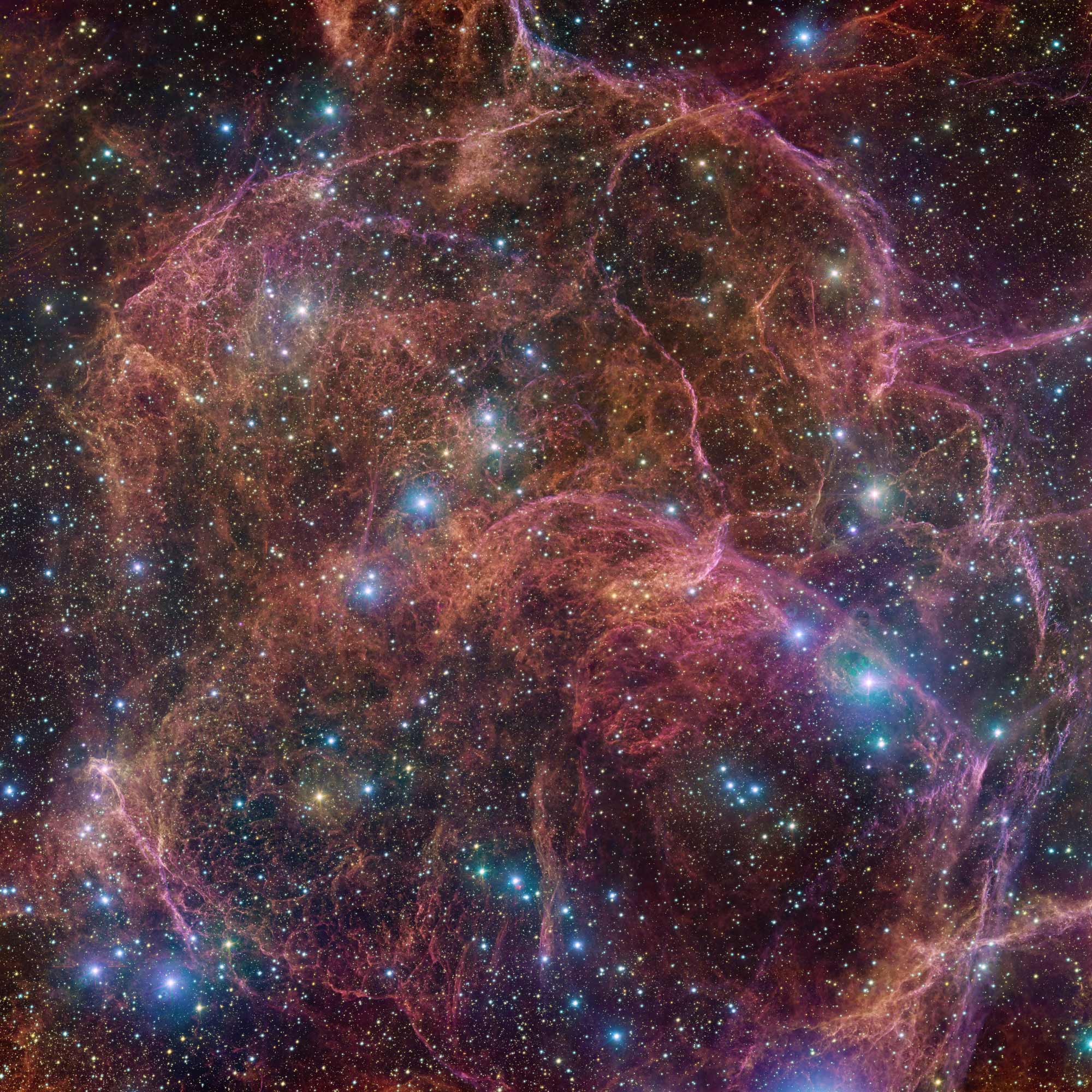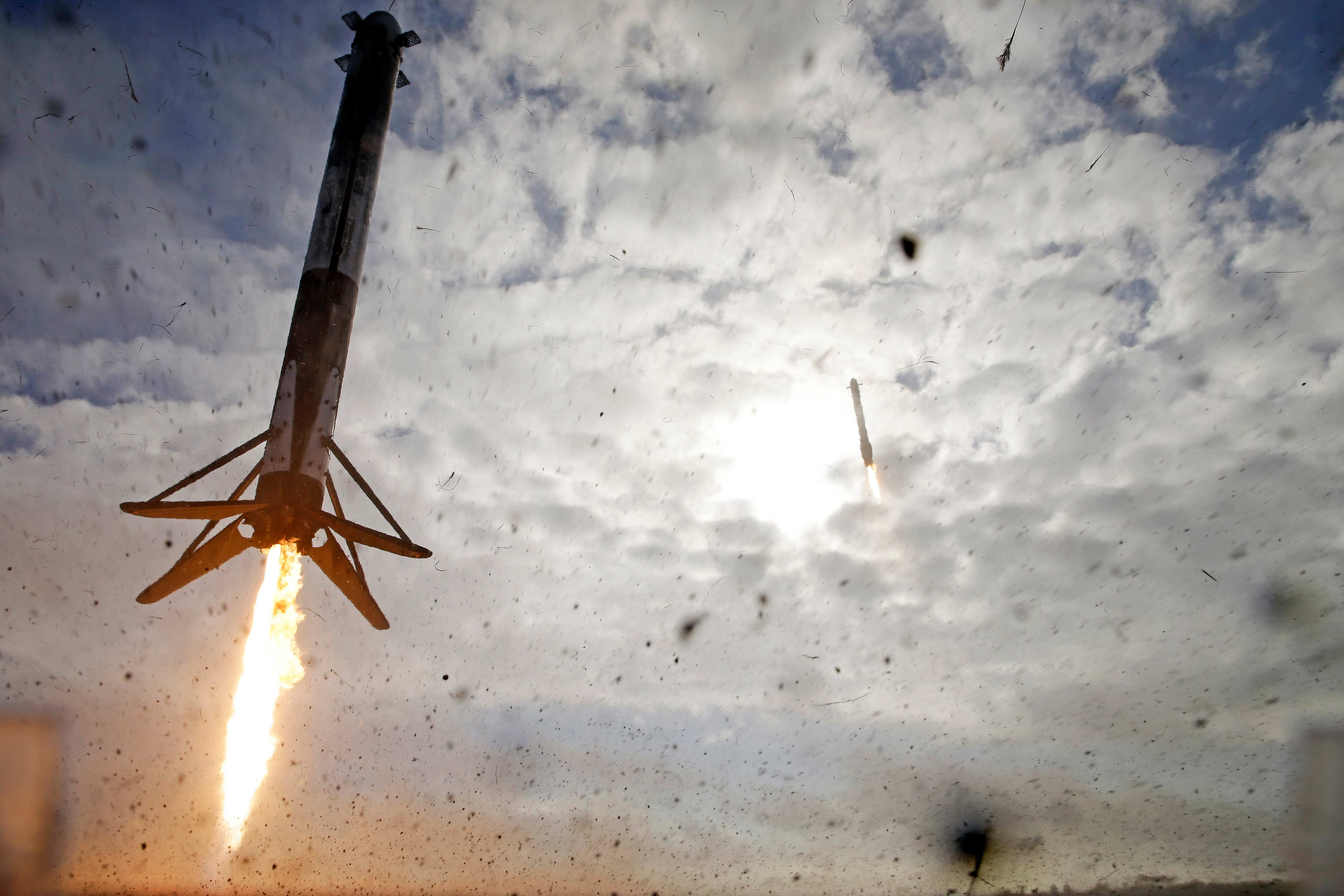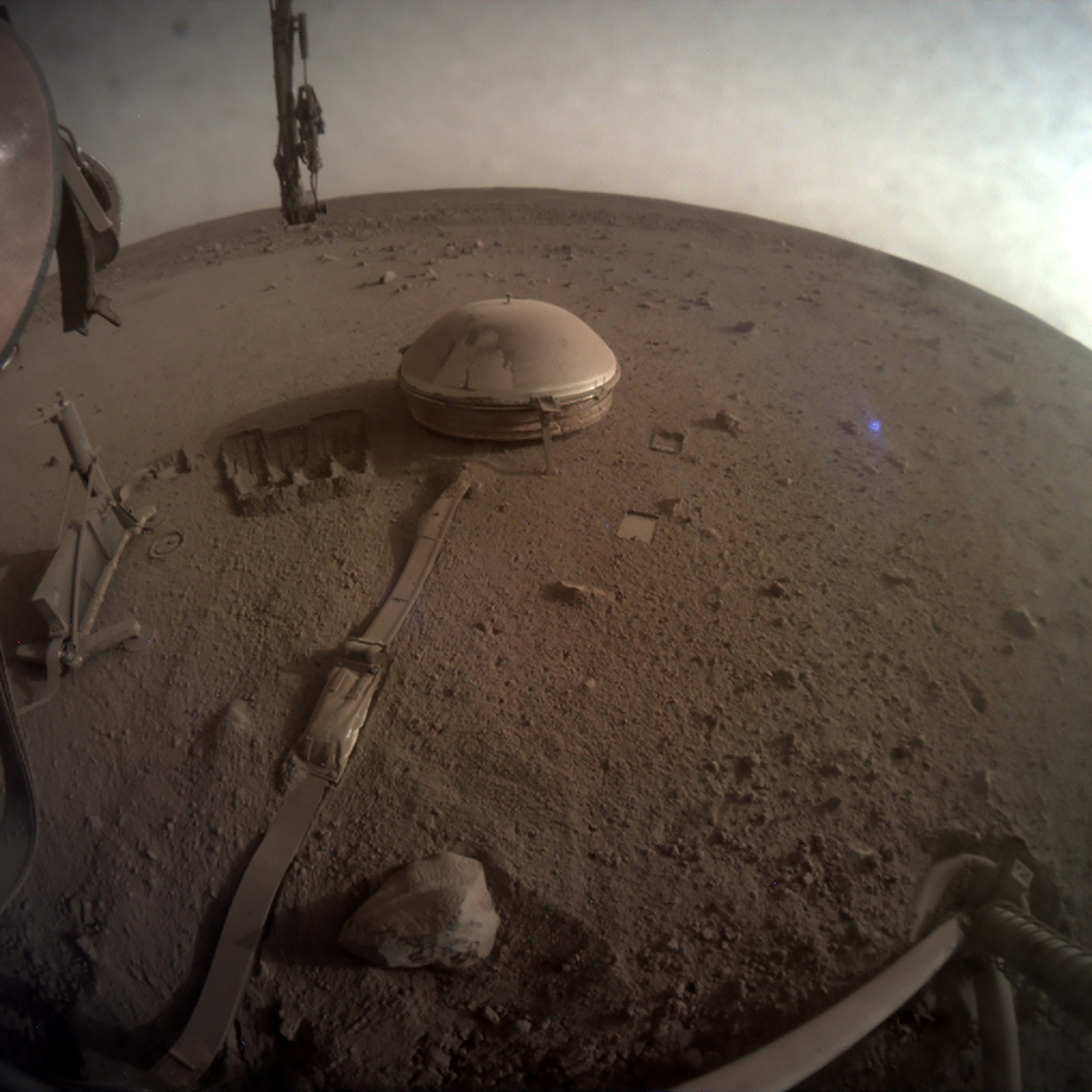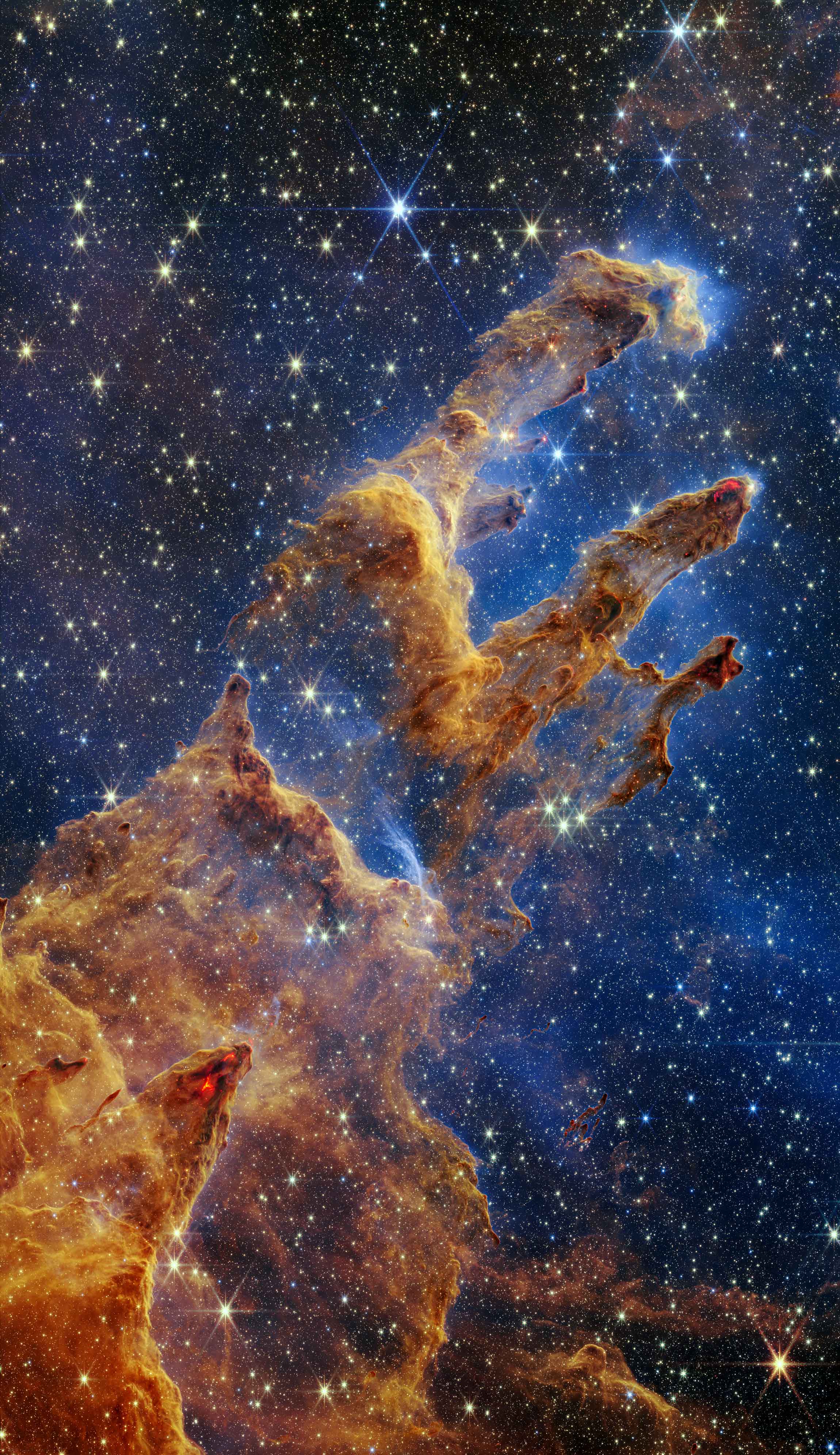
The best space photos of 2022
Intro by Ashley Strickland, CNN
This year, space missions provided an entirely new way of looking at the cosmos, from the celestial backyard of our solar system to incredibly distant galaxies that were created shortly after the Big Bang.
The James Webb Space Telescope turned its infrared gaze on the universe for the first time in July, revealing unseen aspects and stunning new details of planets, stars and galaxies. The historic Artemis I mission journeyed to the moon and back. And a NASA spacecraft deliberately slammed into a tiny asteroid to test the technology that one day may be used to defend our planet from space rocks.
Explore the cosmos like never before as we look back on some of the most memorable space images from 2022.


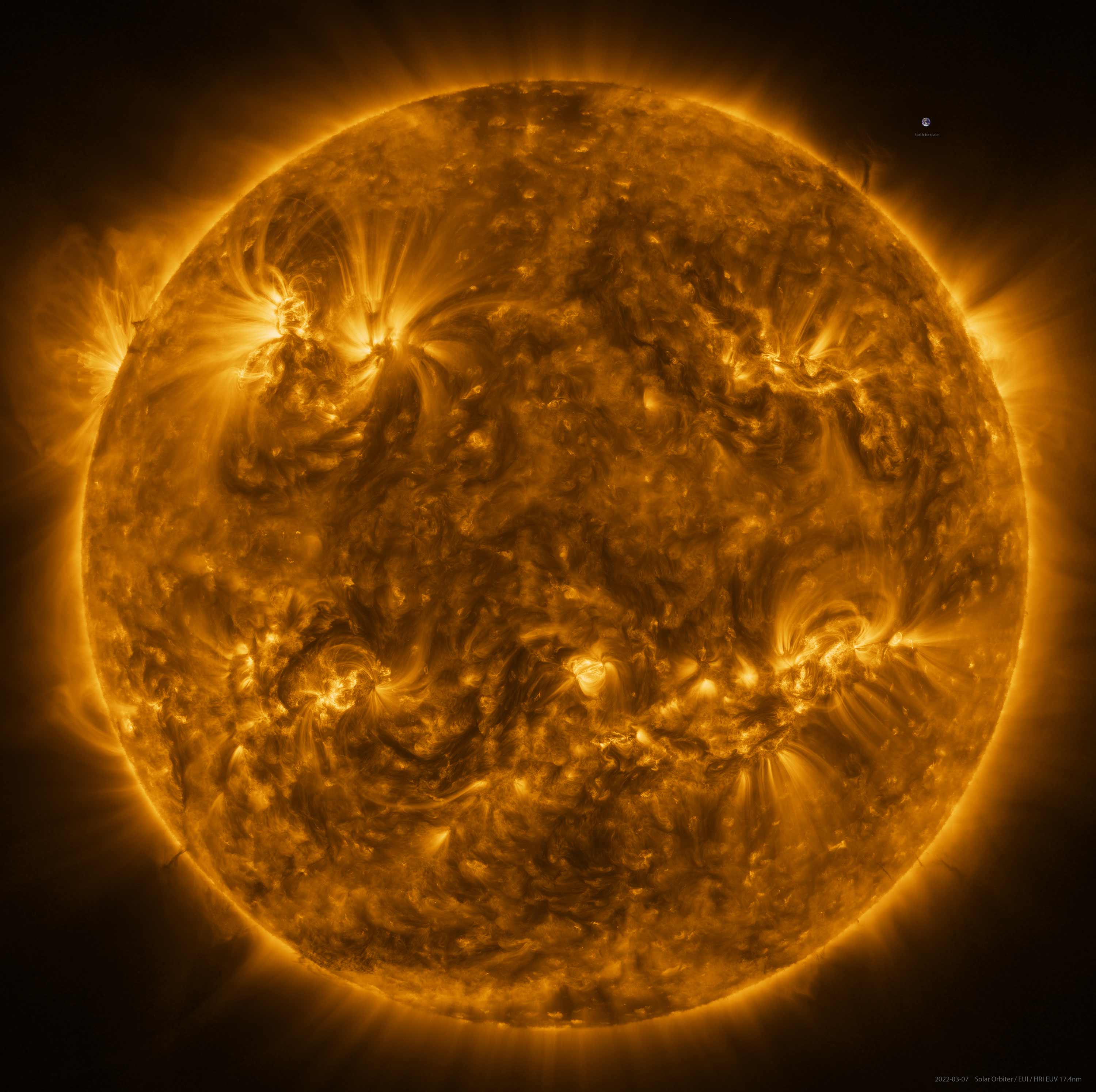
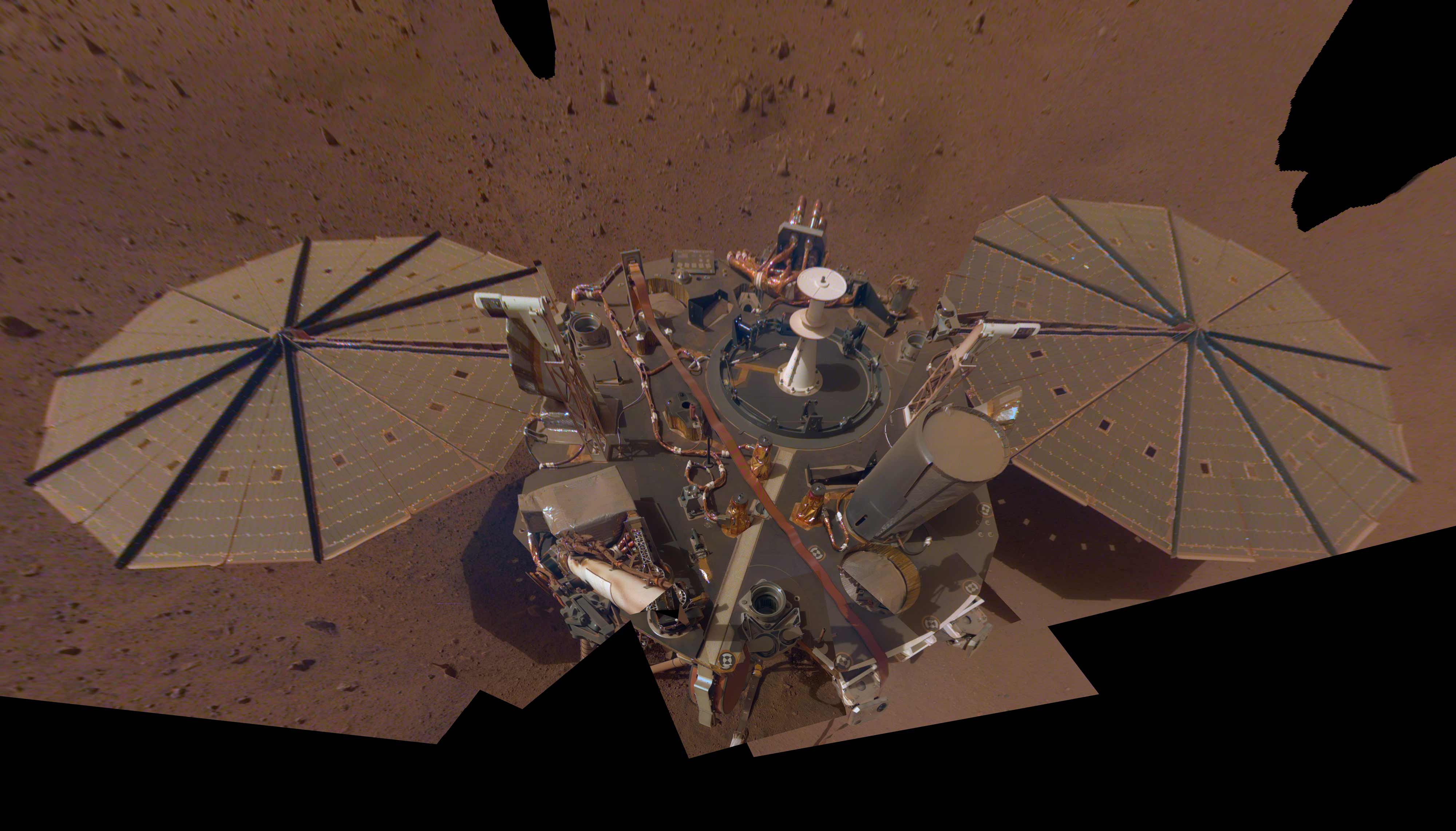
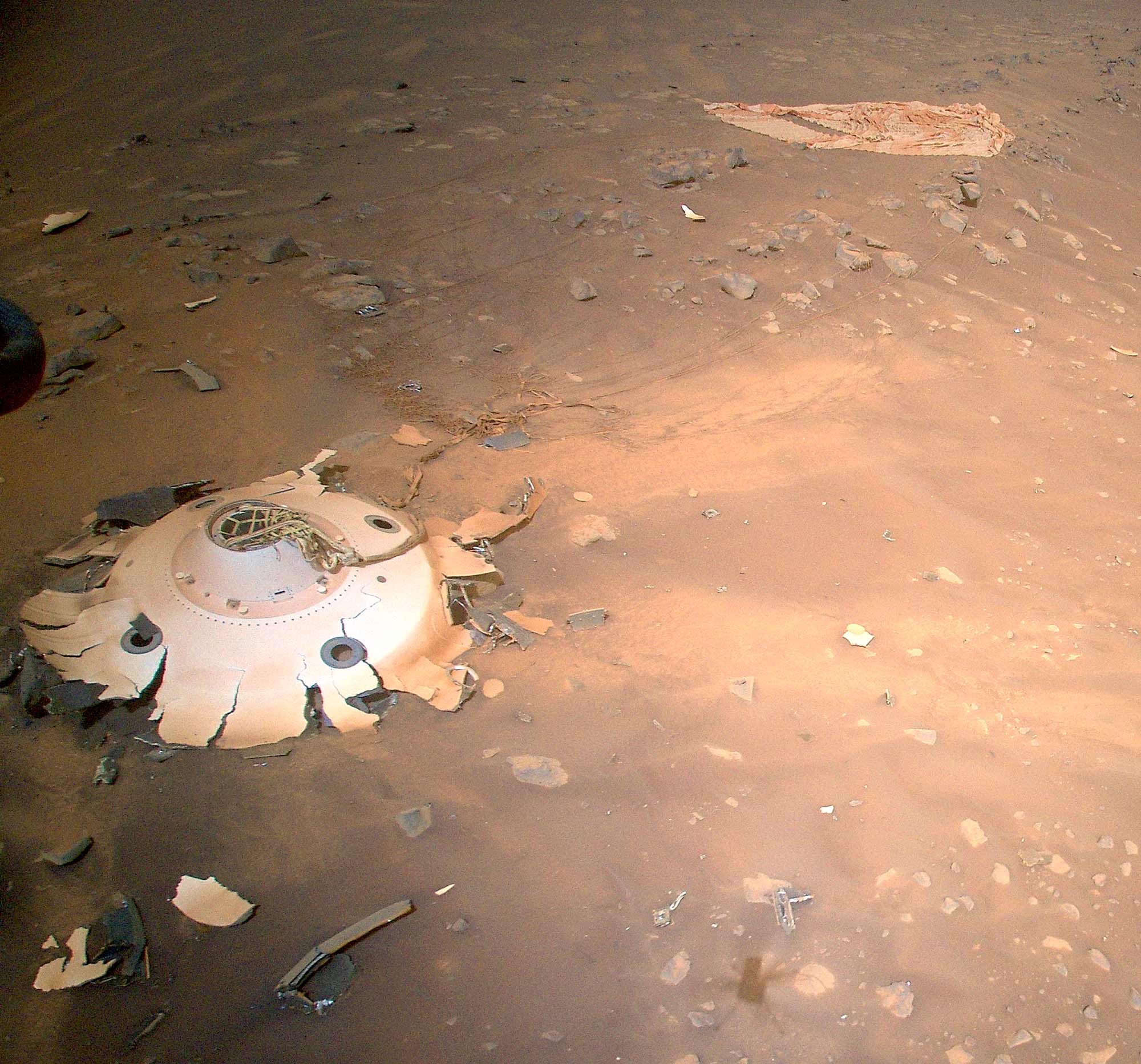
Best of the Artemis I Mission
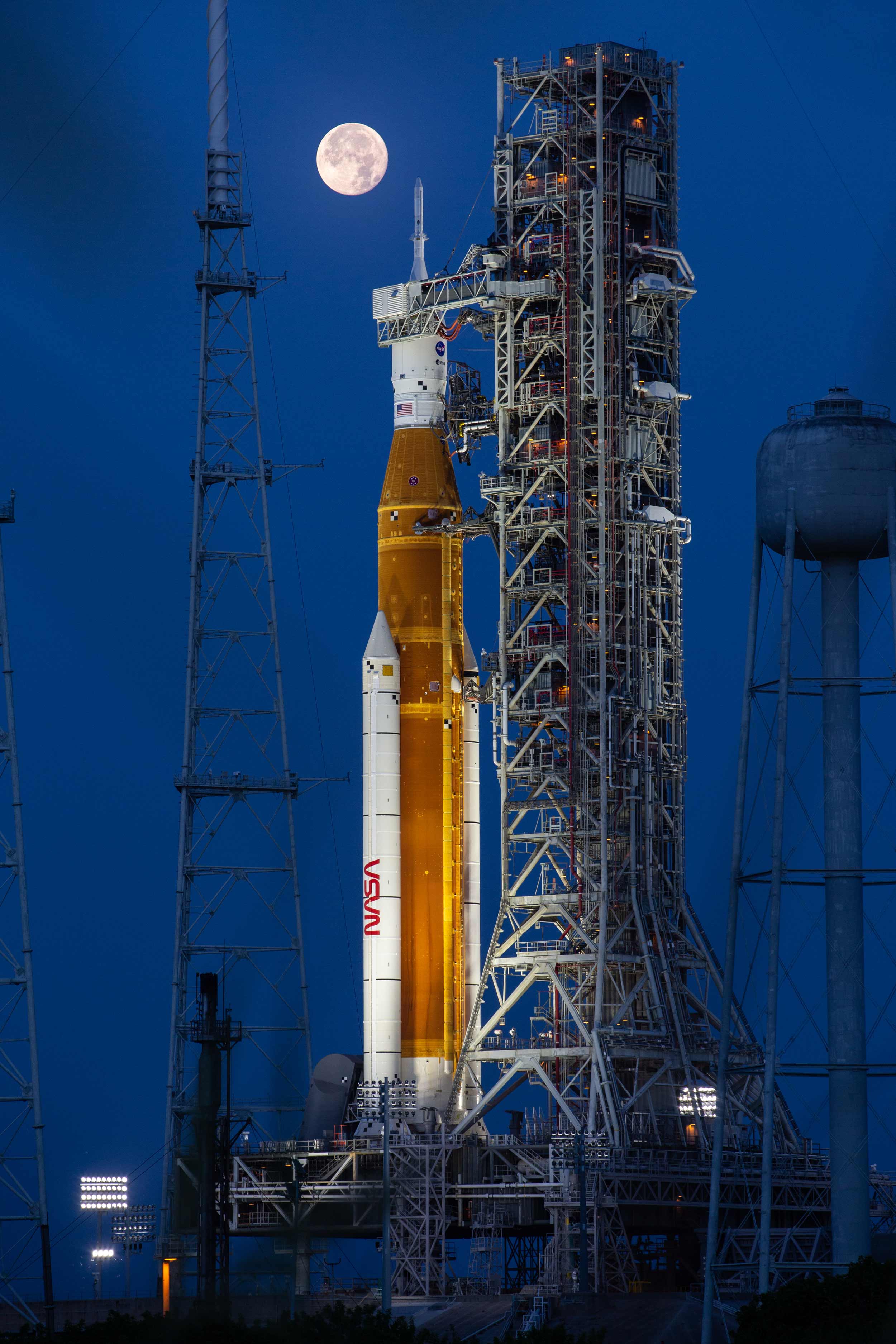
Cory Huston/NASA
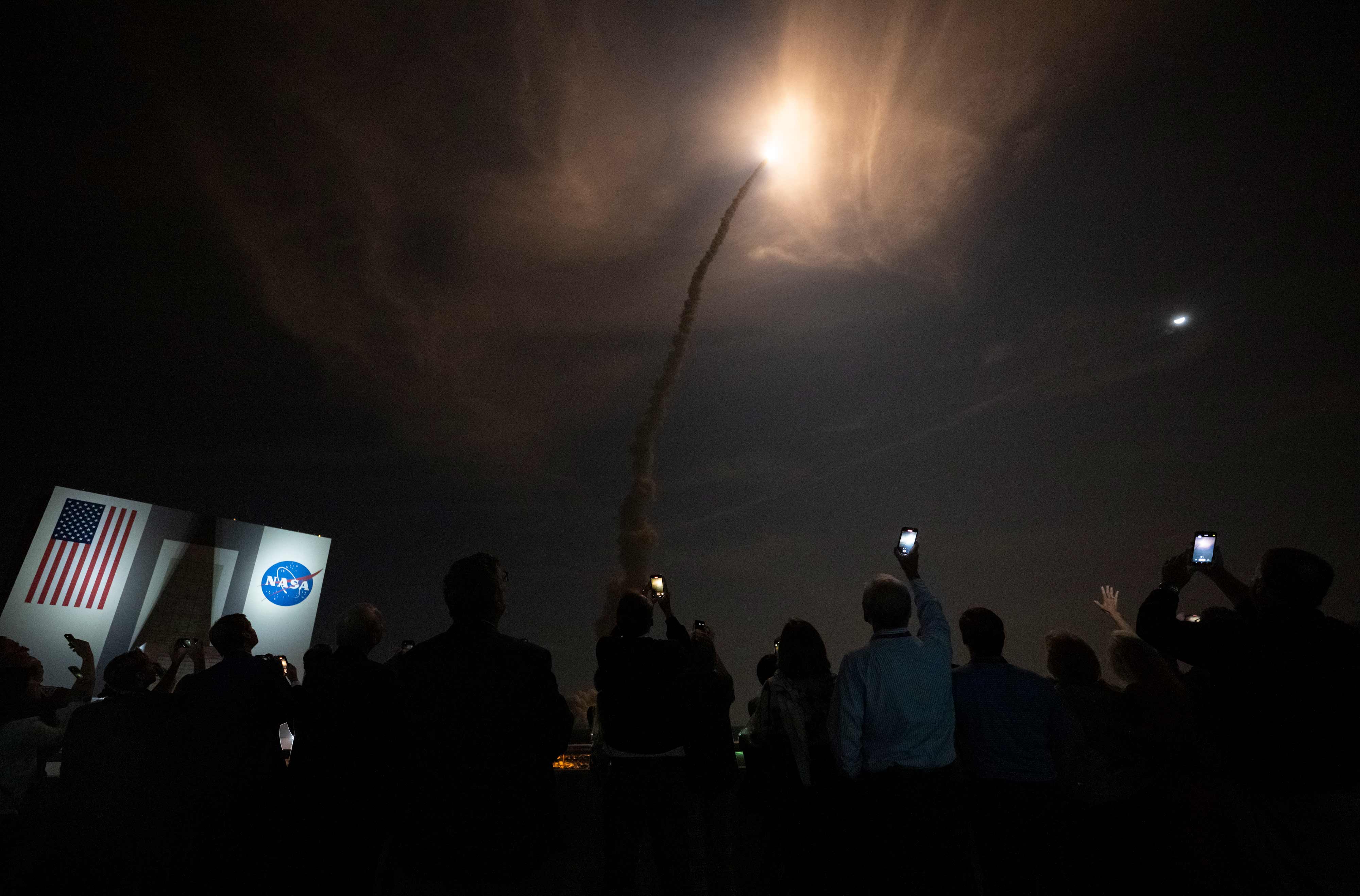
Bill Ingalls/NASA
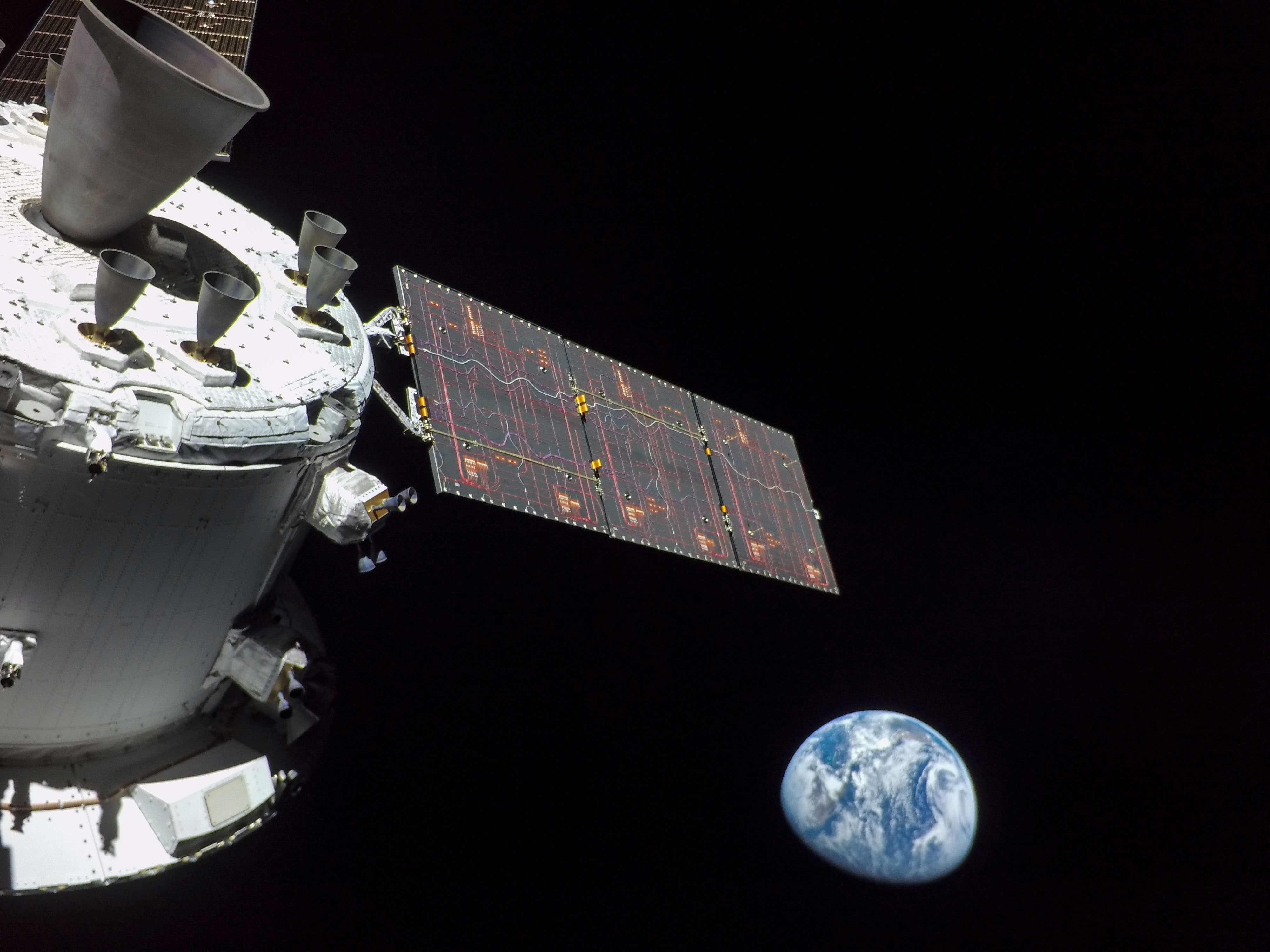
NASA

NASA
A full moon is in view near the Artemis I Space Launch System at the Kennedy Space Center in Florida, on June 14. The rocket was being prepared for a wet dress rehearsal several months before its launch.
Spectators watch the launch of the Artemis I rocket from the Kennedy Space Center early on November 16.
This photo was captured by a camera on the tip of one of Orion's solar arrays on the first day of the Artemis I mission. NASA said the spacecraft was 57,000 miles from Earth when the image was taken.
The Orion spacecraft made its second close flyby of the moon's surface on the 20th day of the mission and captured another selfie.
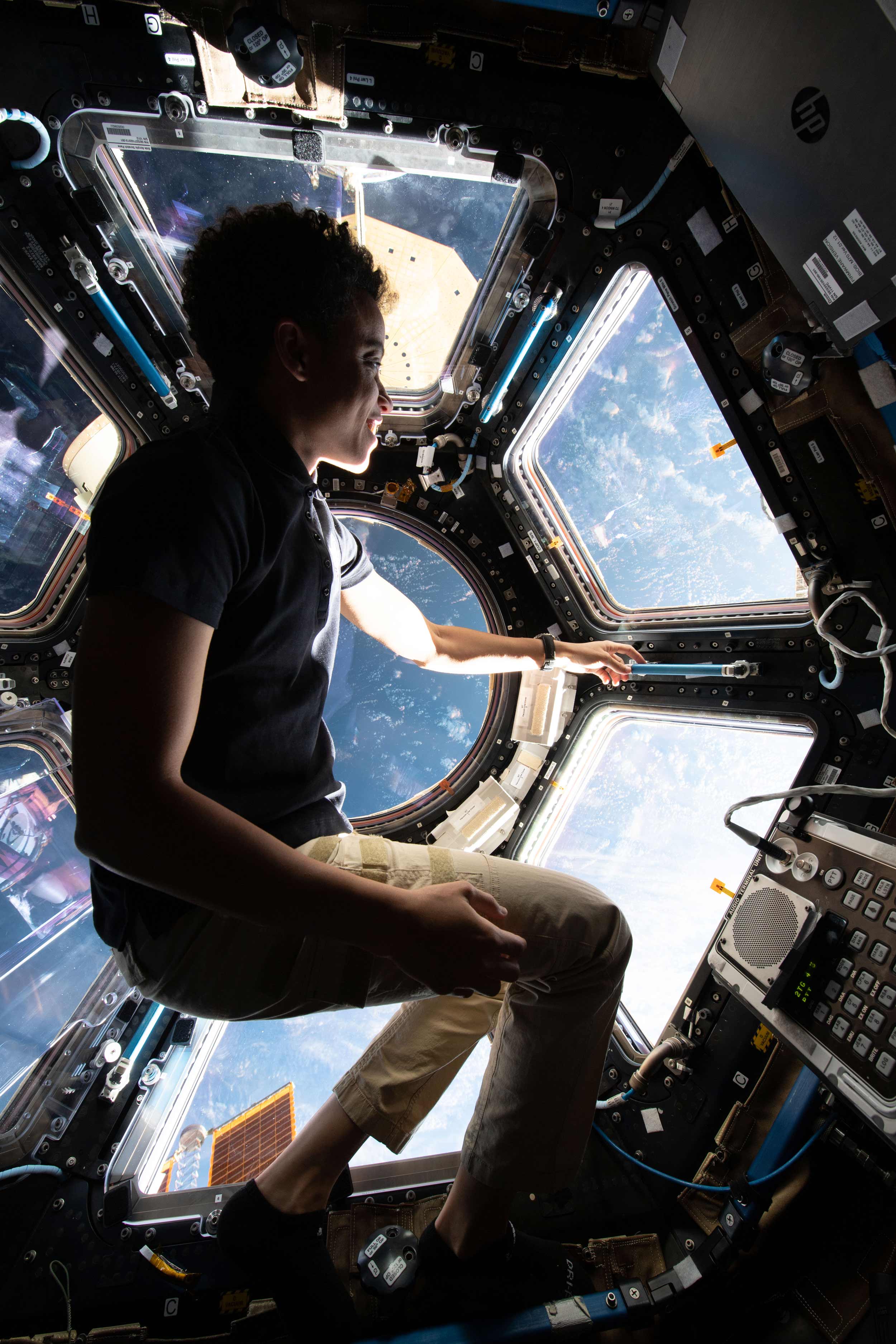

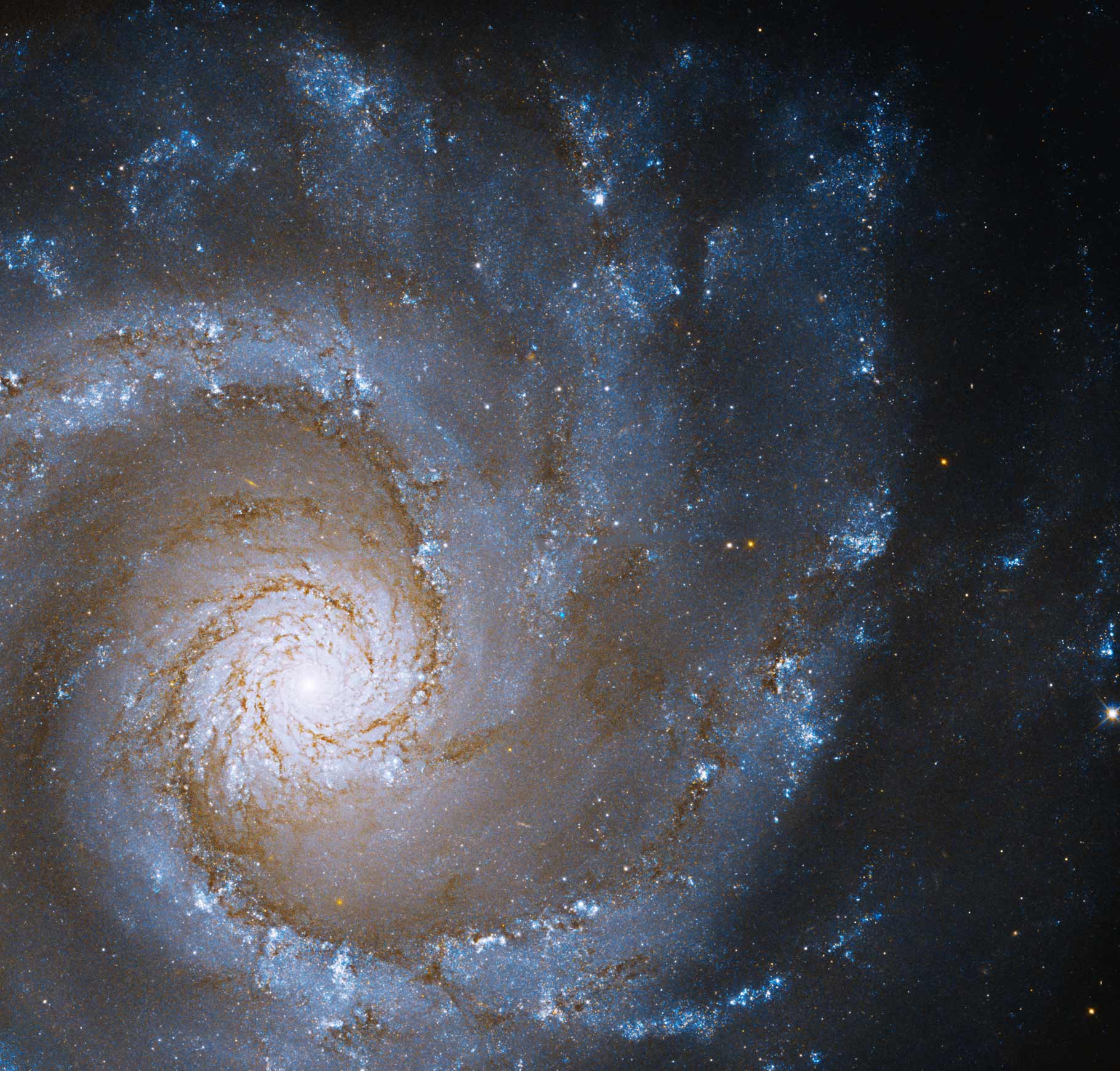
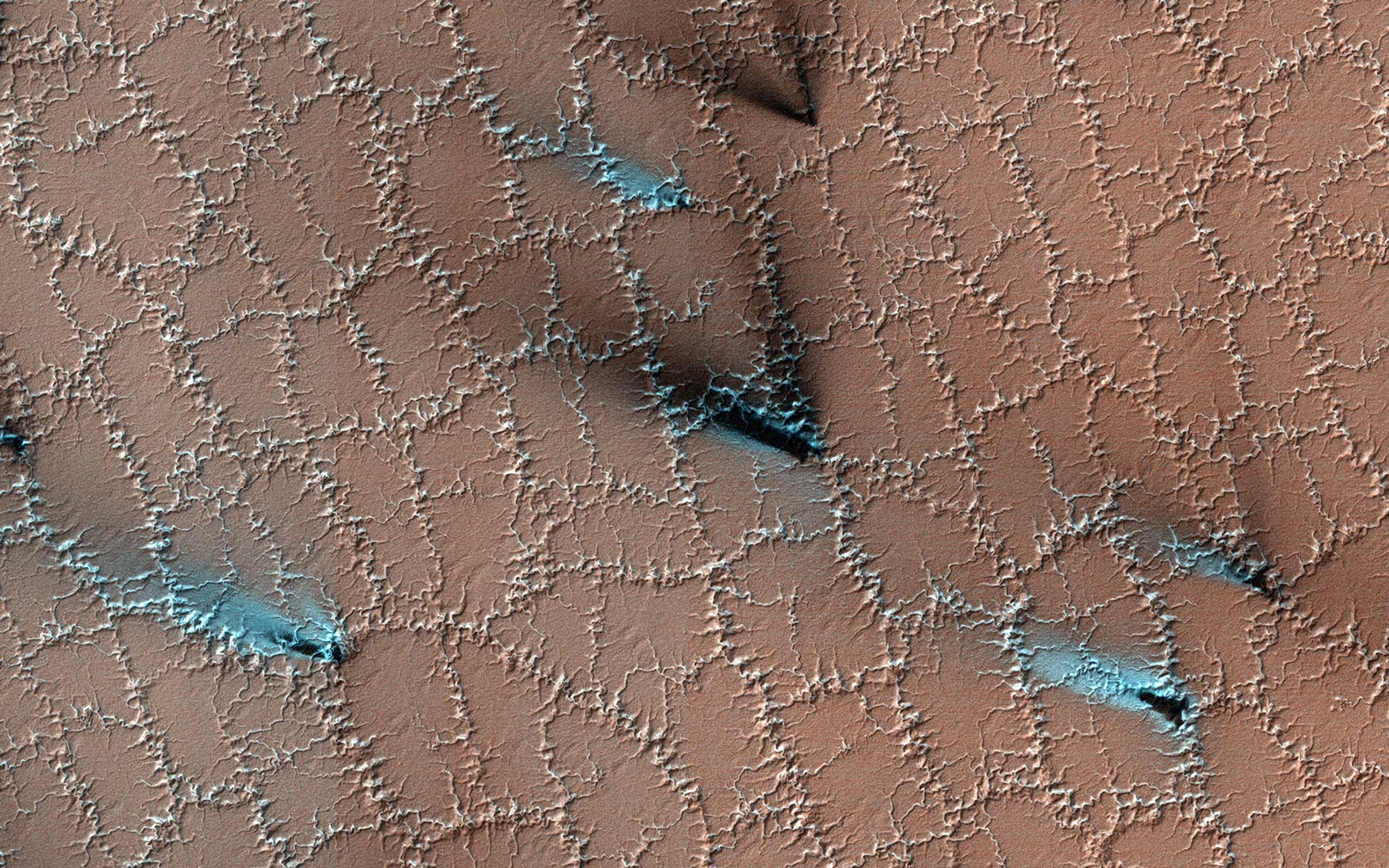

Best of the James Webb Space Telescope
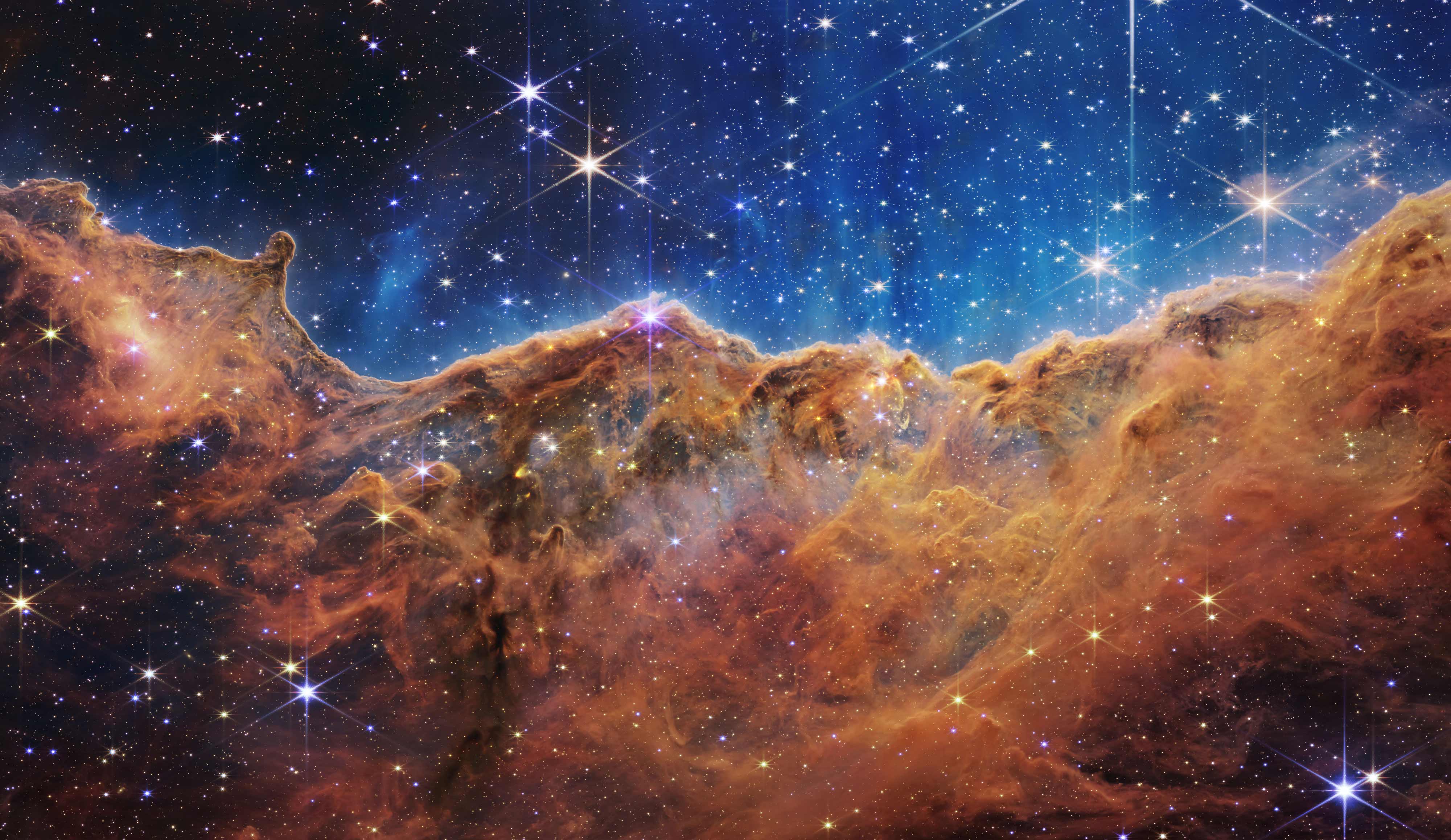
NASA/ESA/CSA/STScI

NASA/ESA/CSA/Jupiter ERS Team
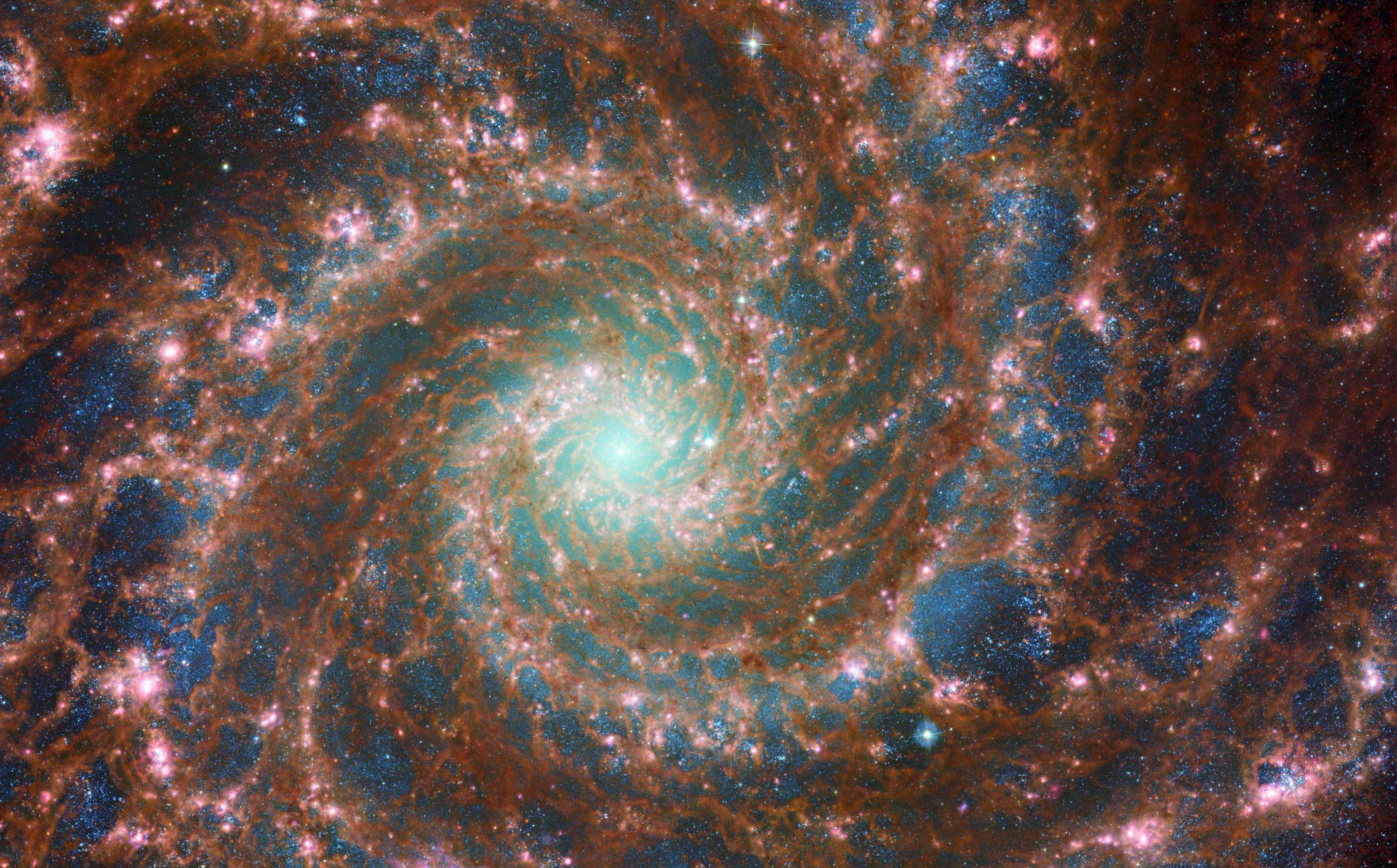
NASA/ESA
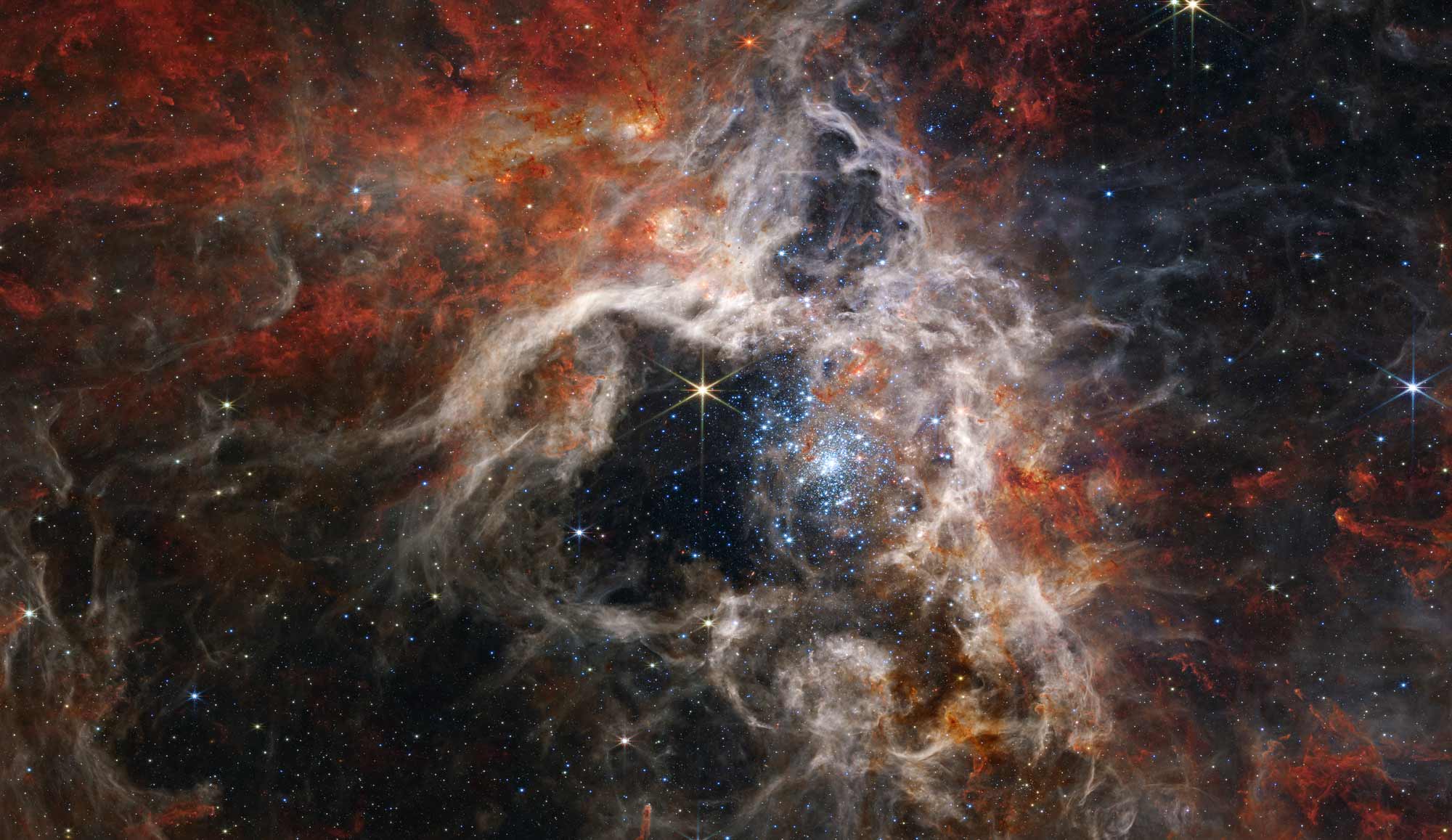
NASA/ESA/CSA/STScI/Webb ERO Production Team

NASA/STSIO
The "Cosmic Cliffs" are the edge of a nearby, young, star-forming region called NGC 3324 in the Carina Nebula. This was one of the first batch of images released by NASA from the James Webb Space Telescope in July. The telescope's infrared view reveals previously invisible areas of star birth.
The telescope’s images of Jupiter were so spectacular, they surprised NASA's scientists who were in awe of the rainbow auroras, giant storms and far-off galaxies on display.
The galaxy M74 shines at its brightest in this combined optical/mid-infrared image that features data from both the Hubble Space Telescope and the James Webb Space Telescope.
In this mosaic image stretching 340 light-years across, Webb's Near-Infrared Camera (NIRCam) displays the Tarantula Nebula star-forming region in a new light.
Protostar L1527 is hidden in the neck of a dark, hourglass-shaped cloud of gas and dust.
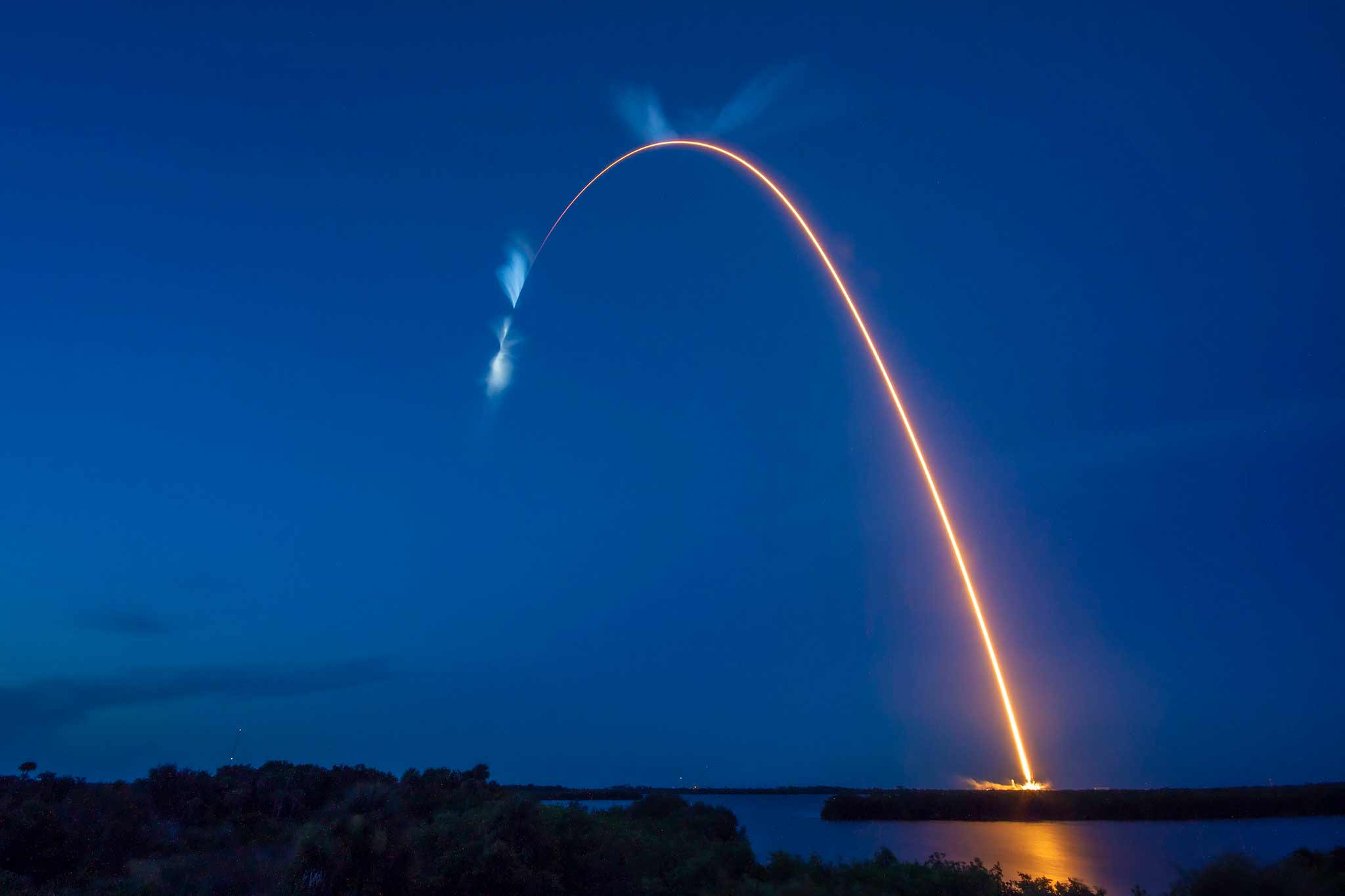
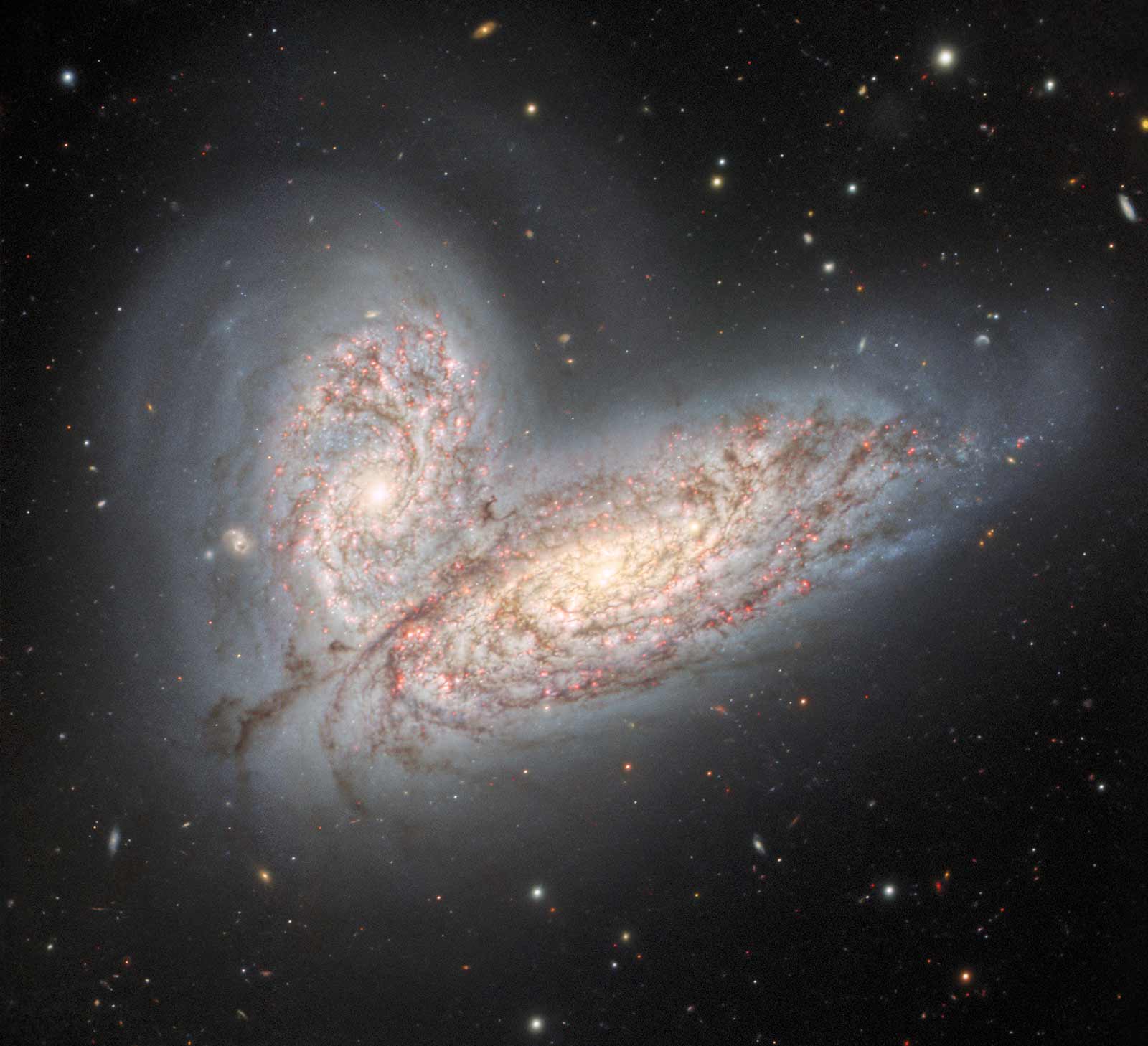
Best of the Double Asteroid Redirection Test
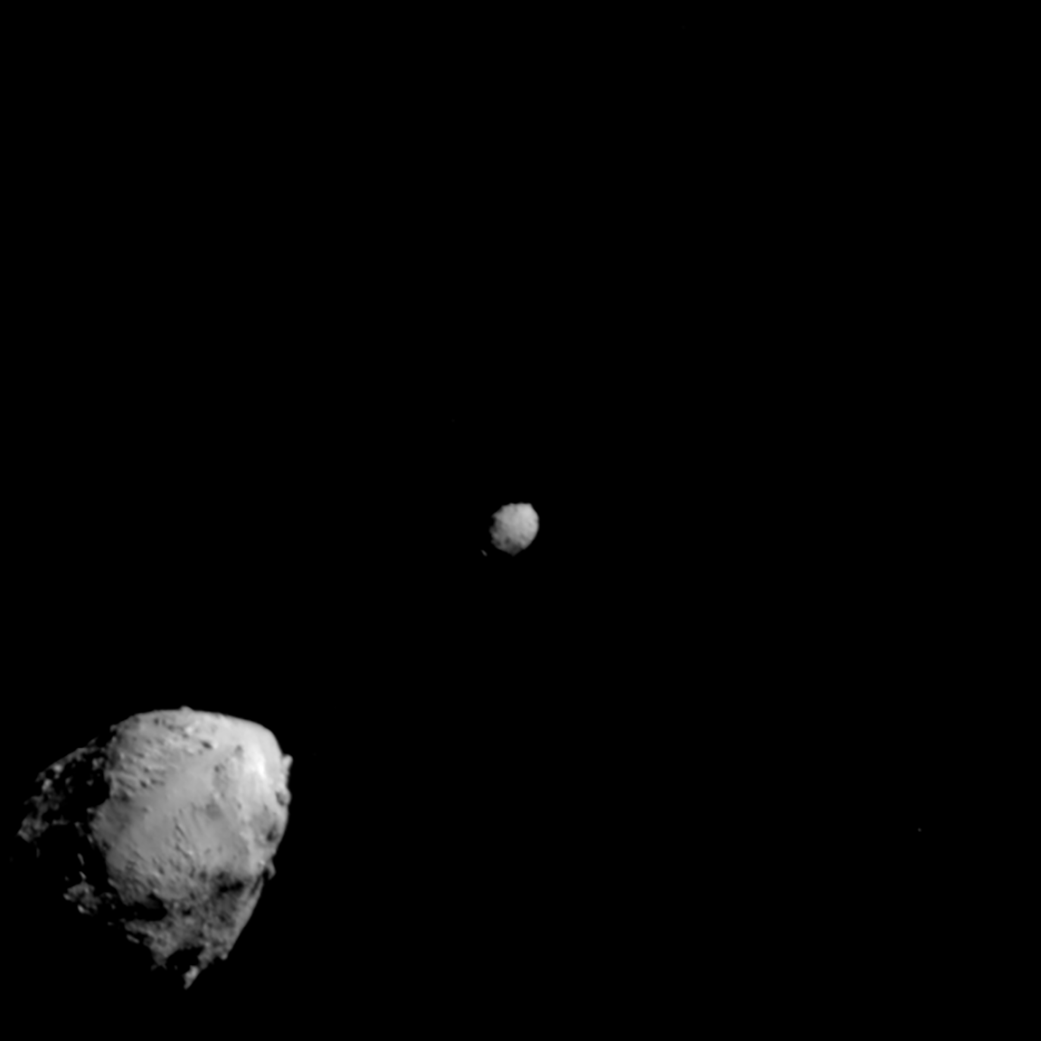
NASA
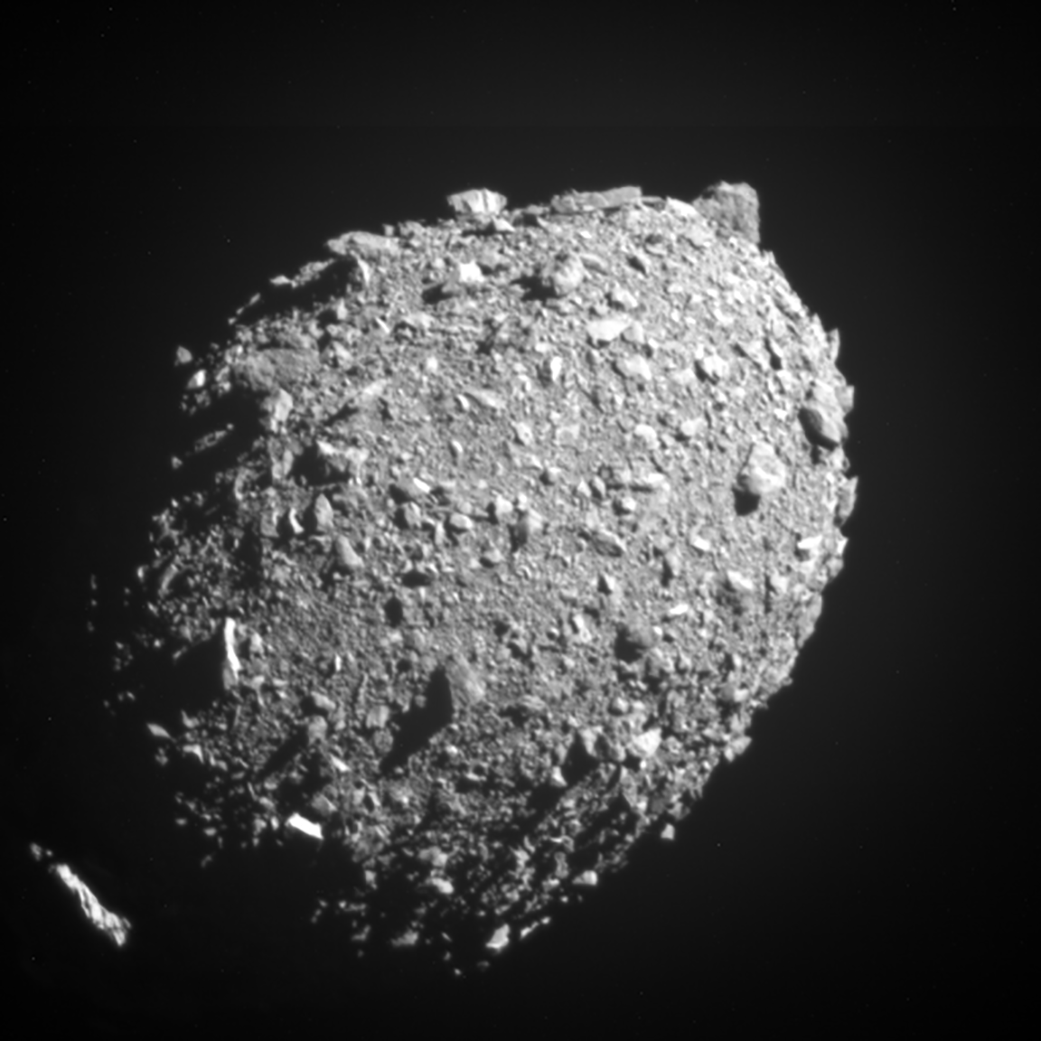
NASA
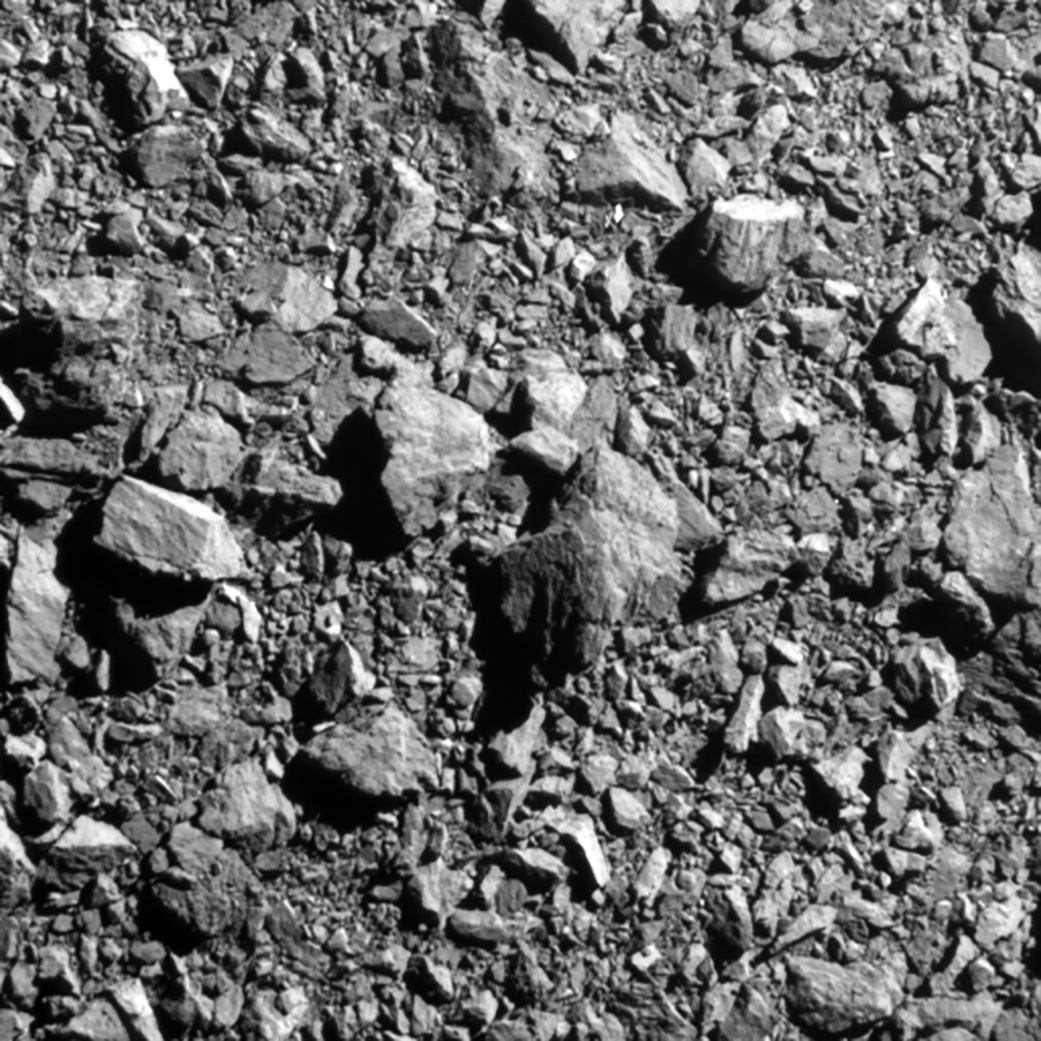
NASA
Asteroid Didymos, bottom left, and its moonlet, Dimorphos, are seen about 2.5 minutes before the impact of NASA’s DART spacecraft. This image was the last to show a complete view of both asteroids. The goal of the mission was to affect the motion of an asteroid in space.
DART's onboard DRACO imager captures the moonlet Dimorphos 11 seconds before impact.
The last complete image of Dimorphos shows a patch of the asteroid that is 100 feet across, 2 seconds before impact.
